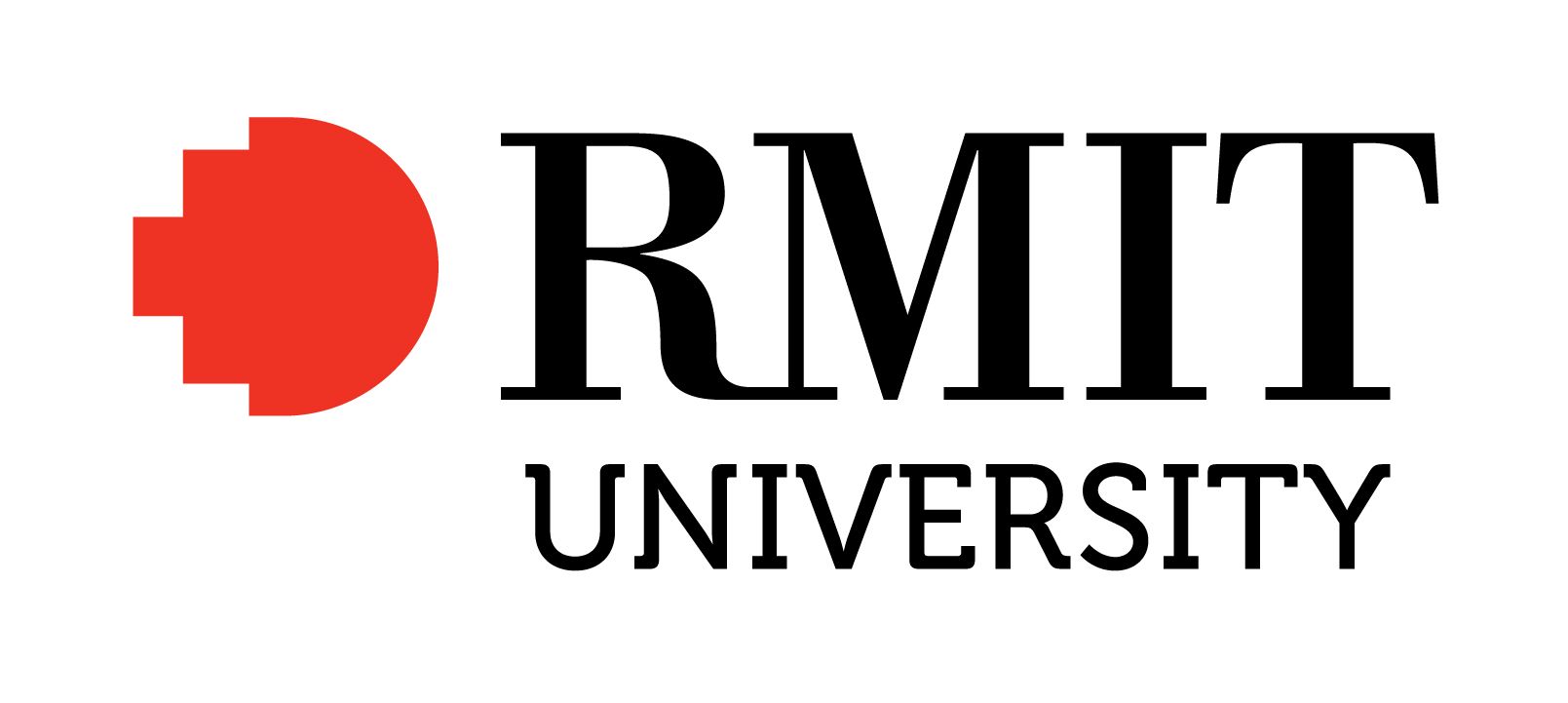Full description
Background
‘molecular memories’ is a smartphone film that explores how smartphone filmmaking can be used to create a ‘loud cry’ for the material elements of the environment. Barad (2011) asserts that ‘there is something inherently queer about the nature of matter’ (p.137) and the ‘quantum leaps’ that nature performs. Steele, Davison & Reed (2020) encourage amplification of molecular memory and multispecies entanglement. This film explores the question: ‘How might we capture and amplify moments of queer nature through screen production?’.
Contribution
I am interested in how queer acts of nature involving waterways can be observed, layered, explicated, and further problematised through screen production. The 4-minute 26-second film was created by combining different smartphone video clips in layers using blending modes in post-production. This method makes it difficult for the viewer to ascertain where one layer ends and another begins; where different elements of flora, fauna, and natural matter converge. The selected music further amplifies the strangeness depicted in the images. The film contributes to the study of environmental screen production by demonstrating the affordance of such experimental smartphone filmmaking methods related to queer ecologies.
Significance
The film was selected for The Wrong Biennale’s Aqua Loci pavilion curated by Marsha Berry, Lisa Cianci and Stefan Schutt. It was also selected for the MINA Smartphone Film Festival’s EcoSmartphoneFilms program, which aims to ‘inspire critical understanding and creative solutions through the power of mobile film, to raise awareness about environmental topics and to promote mobile film production about environmental protection and ecology in all its aspects’ (Schleser 2024). References: Barad, K. (2011). Nature's queer performativity. Qui Parle: Critical Humanities and Social Sciences, 19(2), 121-158. Schleser, M. (2024). Ecosmartphone Films. Available at: https://www.sightvault.xyz/token/ecosmartphone-films Steele, W., Davison, A., and Reed, A. (2020) Imagining the Dirty Green City. Australian geographer, 51(2), 239–256.
Issued: 2023-11-01
Created: 2025-08-19
User Contributed Tags
Login to tag this record with meaningful keywords to make it easier to discover
- DOI : 10.25439/RMT.28467581



